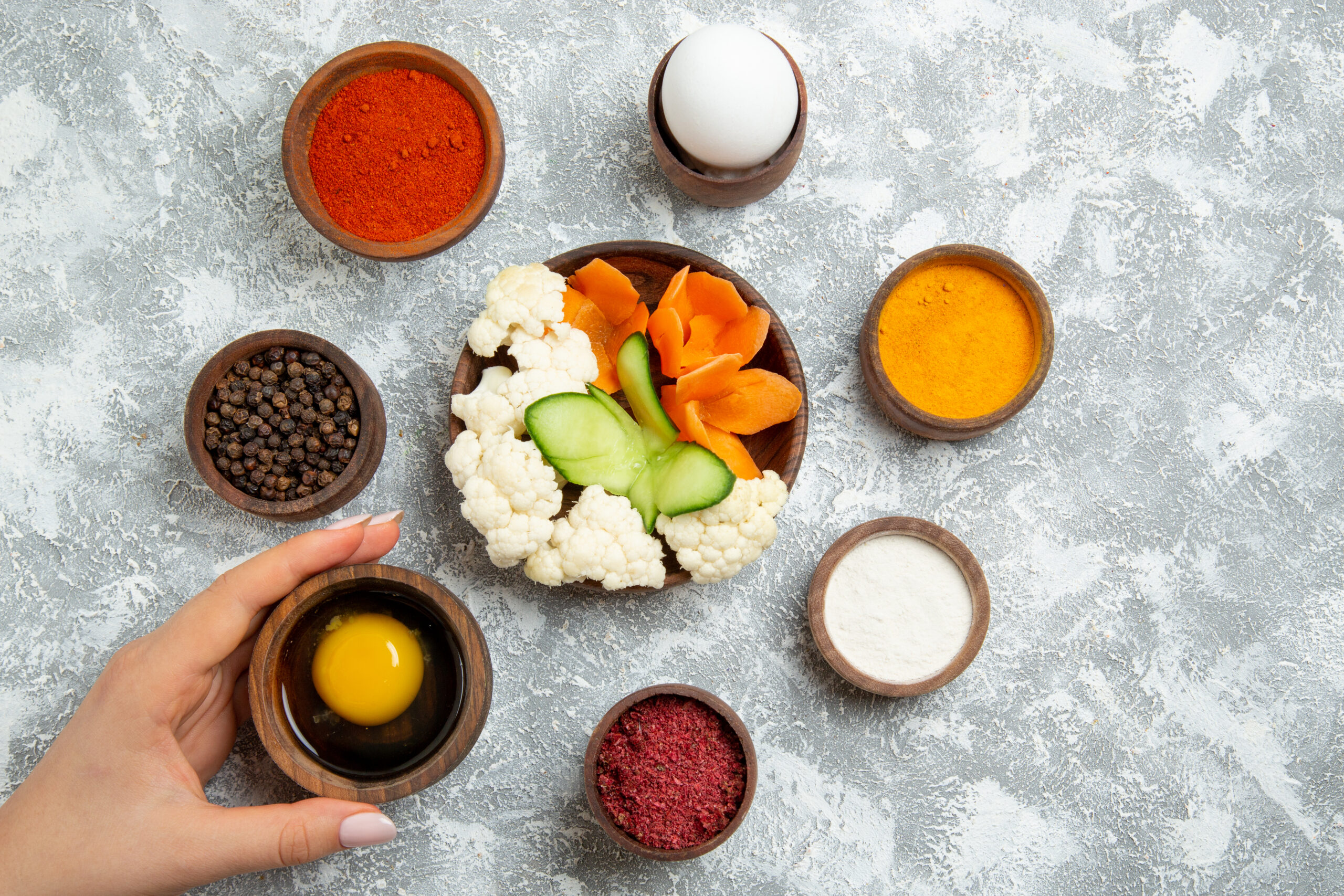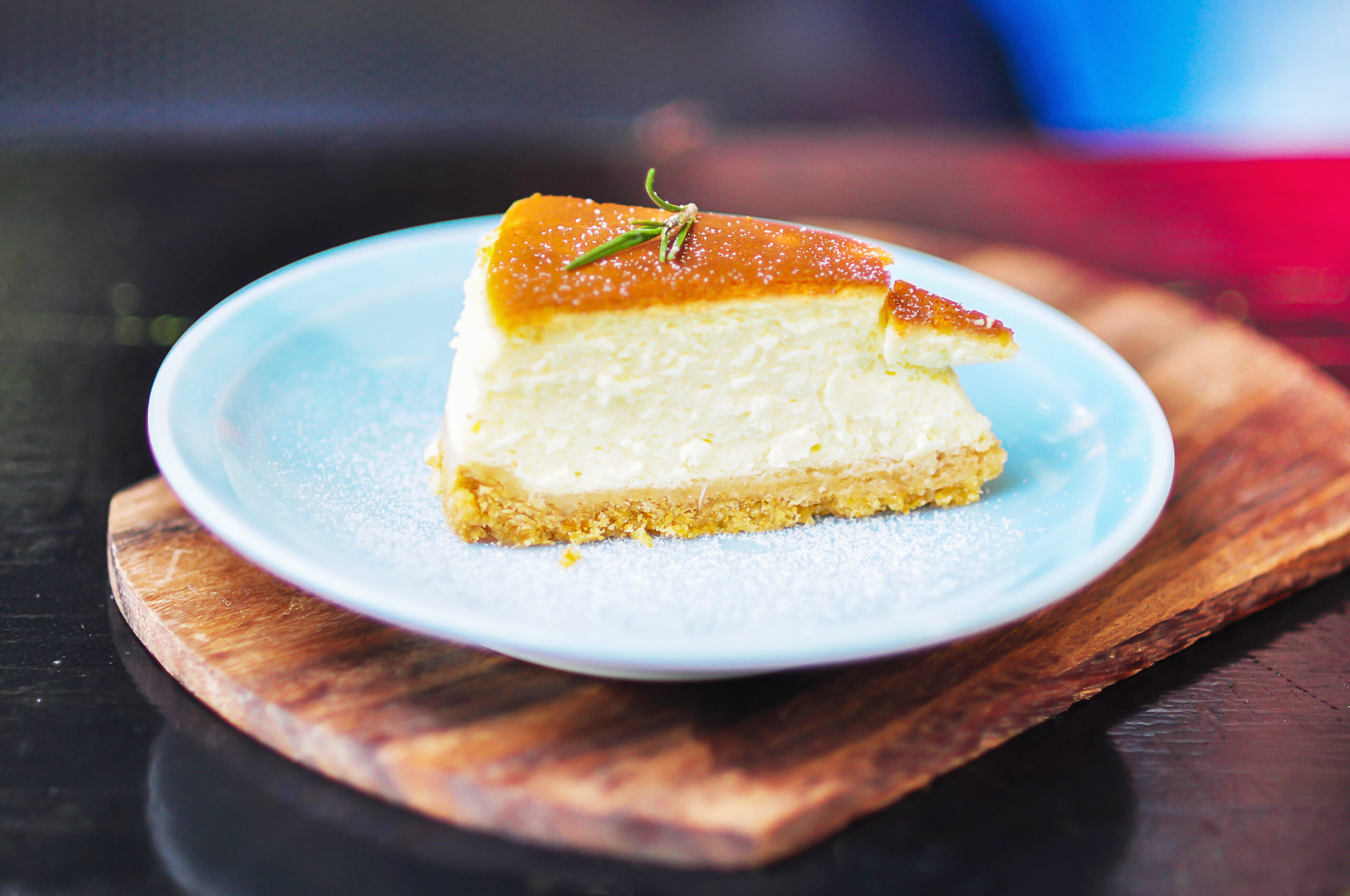Tres leches cake, a Latin American classic, is a delightful dessert known for its moist and creamy texture. This cake is soaked in a rich mixture of three milks, giving it a unique taste and consistency that has captured the hearts of dessert enthusiasts worldwide. Whether you’re new to baking or looking to perfect your recipe, this guide will walk you through the essentials of making a flawless tres leches cake, while also helping you troubleshoot common issues and explore delicious variations.
Essential Ingredients for a Perfect Tres Leches Cake
The foundation of a successful tres leches cake lies in its ingredients. Each component plays a crucial role in achieving the desired texture and flavor.
- Flour: Use all-purpose flour for a balanced structure that supports the milk soak.
- Sugar: Granulated sugar is essential for sweetness and helps achieve a light cake texture.
- Eggs: Fresh eggs provide structure and richness, crucial for the sponge’s integrity.
- Vanilla Extract: A quality vanilla extract enhances the overall flavor profile.
- Milk Mixture: A combination of condensed milk, evaporated milk, and whole milk gives the cake its signature moistness.
The Right Technique: Crafting the Ideal Sponge Cake
The sponge cake is the heart of any tres leches cake. Achieving the perfect texture requires attention to detail and adherence to proper techniques.
Step-by-step method for making tres leches cake:
- Preheat your oven: Set it to 350°F (175°C) to ensure even baking.
- Prepare the batter: Beat egg yolks with sugar until light and fluffy. Incorporate flour gently to maintain airiness.
- Whip egg whites: Beat until stiff peaks form, then fold into the batter carefully to retain volume.
- Bake: Pour into a greased pan and bake until golden, about 25-30 minutes.
Common Mistakes with Egg Whites: Achieving the Perfect Whip
Egg whites are crucial for a light sponge. However, they can be tricky to handle, and mistakes here can lead to a dense cake.
- Ensure no yolk contamination: Even a small amount of yolk can prevent whites from whipping properly.
- Use a clean, dry bowl: Residual grease or moisture can hinder the whipping process.
- Beat to stiff peaks: Overbeating can cause whites to collapse; stop when they hold firm peaks.
Balancing Flavors: The Importance of Vanilla Extract
Vanilla extract is more than just a flavoring; it balances the rich milk mixture and enhances the overall taste of the cake.
- Use pure vanilla extract: Avoid artificial flavors for a more authentic taste.
- Adjust to taste: Depending on your preference, you might want to add a bit more for a stronger flavor.
Choosing the Right Milk Mixture: Condensed, Evaporated, and Whole Milk
The milk mixture is what sets tres leches cake apart. Each type of milk contributes to the cake’s unique texture and flavor.
- Condensed milk: Provides sweetness and a creamy texture.
- Evaporated milk: Adds richness without extra sweetness.
- Whole milk: Balances the other two milks and helps the cake absorb the mixture evenly.
Whipped Cream Tips: Achieving the Perfect Topping
The whipped cream topping is the final touch that elevates a tres leches cake from delicious to divine.
- Chill your tools: Keep your mixing bowl and beaters cold to achieve a stable whip.
- Add sugar gradually: Sweeten to taste, but be careful not to over-sweeten.
- Whip to soft peaks: This ensures a smooth, creamy texture that complements the cake.
How to Avoid a Soggy Cake: Troubleshooting the Milk Soak
A common issue with tres leches cake is achieving the right level of moisture without making the cake soggy.
- Poke evenly: Use a fork or skewer to create holes for even milk distribution.
- Pour gradually: Allow the cake to absorb the milk mixture slowly, avoiding pooling at the bottom.
- Chill thoroughly: Let the cake sit in the refrigerator for at least 4 hours, or overnight, for optimal absorption.
Variations of Tres Leches Cake: Exploring Flavor Profiles
While the classic version is beloved, there are numerous ways to put a personal spin on tres leches cake.
Ingredients list for each recipe variation:
- Coconut tres leches: Substitute coconut milk for whole milk and add shredded coconut to the topping.
- Chocolate tres leches: Add cocoa powder to the batter and use chocolate milk in the soak.
- Spiced tres leches: Incorporate cinnamon and nutmeg into the batter for a warm, aromatic twist.
Storing and Freezing Your Tres Leches Cake
Proper storage ensures that your tres leches cake retains its freshness and flavor for longer.
- Refrigerate: Store the cake in an airtight container in the fridge for up to 3 days.
- Freeze: If needed, freeze the cake without the milk soak. Thaw and add the milk mixture before serving.
Serving Suggestions: When and How to Serve Tres Leches Cake
Serving tres leches cake at the right time and with complementary sides can enhance the dining experience.
- Occasions: This cake is perfect for celebrations, from birthdays to family gatherings.
- Pairings: Serve with fresh berries or a dollop of whipped cream for added flavor and elegance.
Common Mistakes & Fixes: Troubleshooting Your Recipe
Even experienced bakers encounter issues. Here are some common problems and their solutions.
- Cake too dense: Ensure egg whites are properly whipped and gently folded into the batter.
- Milk mixture not absorbing: Check that the cake is evenly poked and the milk is poured gradually.
- Overly sweet cake: Adjust the amount of condensed milk and consider using unsweetened whipped cream.
Expert Tips from Pati Jinich: Making Tres Leches Cake Like a Pro
Pati Jinich, renowned chef and TV personality, offers invaluable advice for mastering tres leches cake.
- Focus on balance: Pati emphasizes balancing sweetness and texture for a harmonious dessert.
- Quality ingredients: Invest in the best vanilla and milks for superior flavor.
- Experiment with flavors: Don’t be afraid to try new variations and make the recipe your own.
Final Thoughts: Mastering Your Tres Leches Cake Recipe
Mastering the art of making a tres leches cake is a rewarding experience that culminates in a delicious dessert perfect for any occasion. By understanding the essential ingredients, perfecting your technique, and learning from common mistakes, you can create a cake that not only impresses but also delights. Whether you stick to the classic recipe or explore creative variations, the key is to enjoy the process and savor the results.

